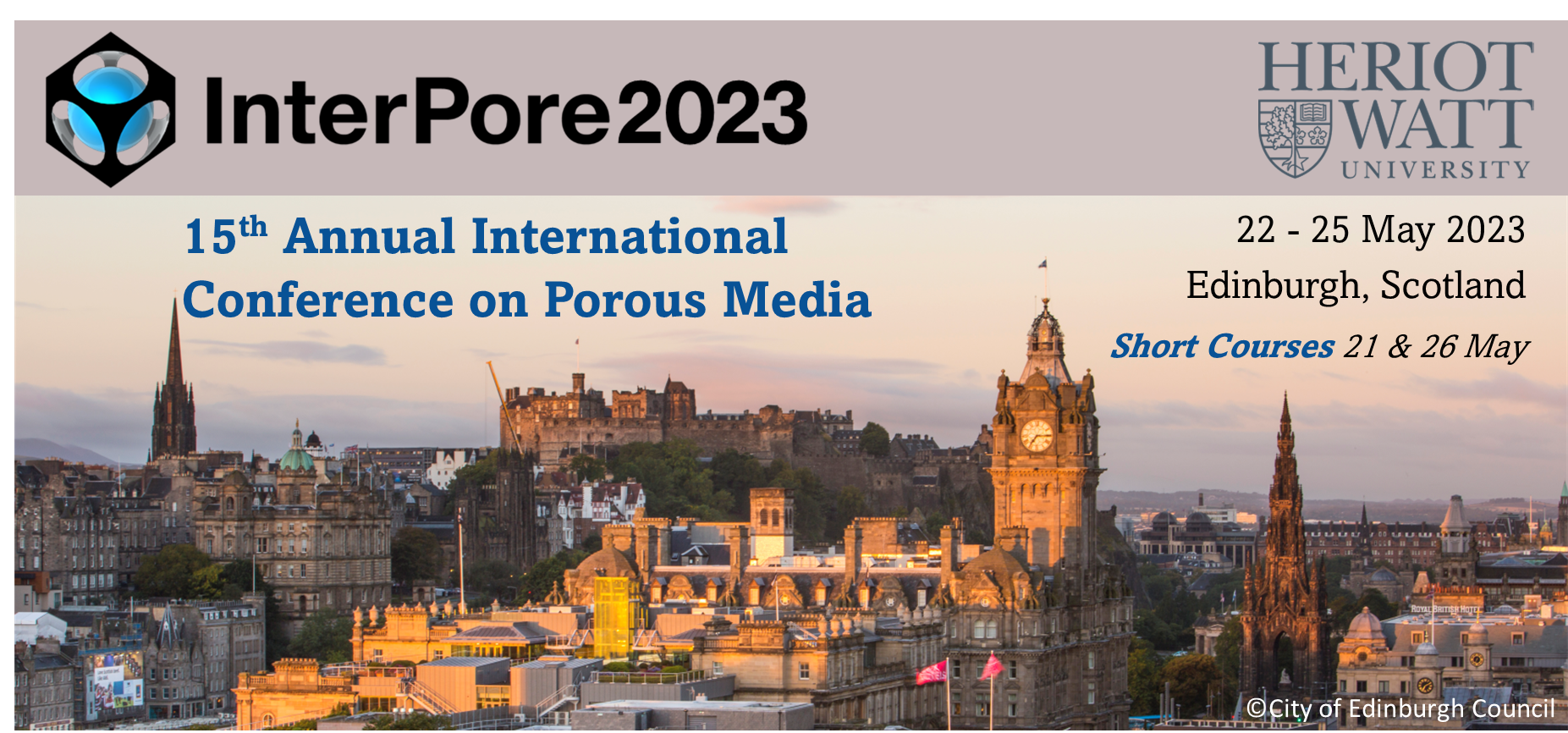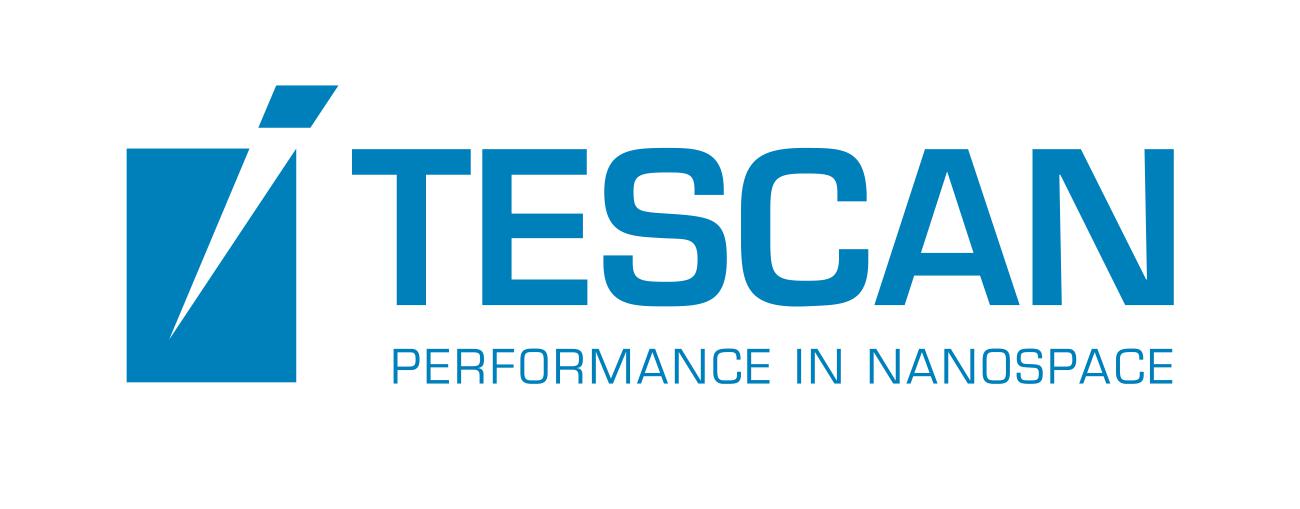Speaker
Description
This study aims to investigate the interplay between mixing in porous media and mineral precipitation from groundwater. These processes are fundamental in salt lakes/lagoons, soil salinization, land desertification, alteration of soil’s mechanical properties and reliability of wastewater disposal. These contexts are mainly found in arid and semi-arid regions, where the evaporation plays a key role in the coupling of those processes, as it drives upward the groundwater flow and reconcentrates the solutes at the exposed aquifer surface. The resulting increase in shallow water density consists in a gravitationally unstable condition that relaxes through the formation of saline fingers and the development of a free convective regime in the entire aquifer. In this way, solutes sink while they are precipitating as mineral phases in the intergranular pores, in case of saturated waters. Then, effects on the evaporation rate and aquifer geochemistry derive from the changes in porosity and relative amounts of chemical species. Here we present a variable-density flow model coupled to reactive transport to replicate a typical evaporite environment and the aquifer beneath, in fully saturated conditions. The numerical model simulates well the aquifer recharge according to realistic values of evaporation and permeability, meanwhile, the reconcentration of solutes and the resulting fingers of saline water that grow, merge, diffuse, and sink. Evidence of the above-mentioned diluting mechanism is visible in the periodic oscillation of maximum density in the system (i.e. linear function of the concentration) with time, which drastically decreases after a local maximum value corresponding to finger formation event. This sensitivity is observed in the mixing indicators too, while the system, started at a homogenous condition, goes through an increasing segregation to progressively recover to better mixed stages, when the salinization of the deeper aquifer is observed, and the inflow of fresh water is limited to a superficial wedge. Indeed, changes in the fingering dynamics lead to substantially different evolution of the aquifer flow and geochemistry, that is, the combination of evaporation rate and permeability, which define the boundary layer Rayleigh number (Wooding, 1997), enhancing or not the convection. We observe that for higher values of this number, the maximum density reached in the system decreases, consistently with a more dynamic evolution, faster and stronger aquifer salinization, and a thinner freshwater wedge. The model simulates adequately the precipitation of minerals within the most superficial soil layer and a complementary decrement of porosity, showing a heterogeneous spatial distribution depending on the fingering dynamic occurring beneath as well as a different amount depending on the strength of the convective regime. Thus, the numerical simulations can be implemented as a predictive reactive transport tool applied to geo-engineering and agricultural studies.
References
Wooding, R. A., Tyler, S. W., and White, I. (1997), Convection in groundwater below an evaporating Salt Lake: 1. Onset of instability, Water Resour. Res., 33( 6), 1199– 1217, doi:10.1029/96WR03533.
| Participation | In-Person |
|---|---|
| Country | Spain |
| MDPI Energies Student Poster Award | Yes, I would like to submit this presentation into the student poster award. |
| Acceptance of the Terms & Conditions | Click here to agree |







